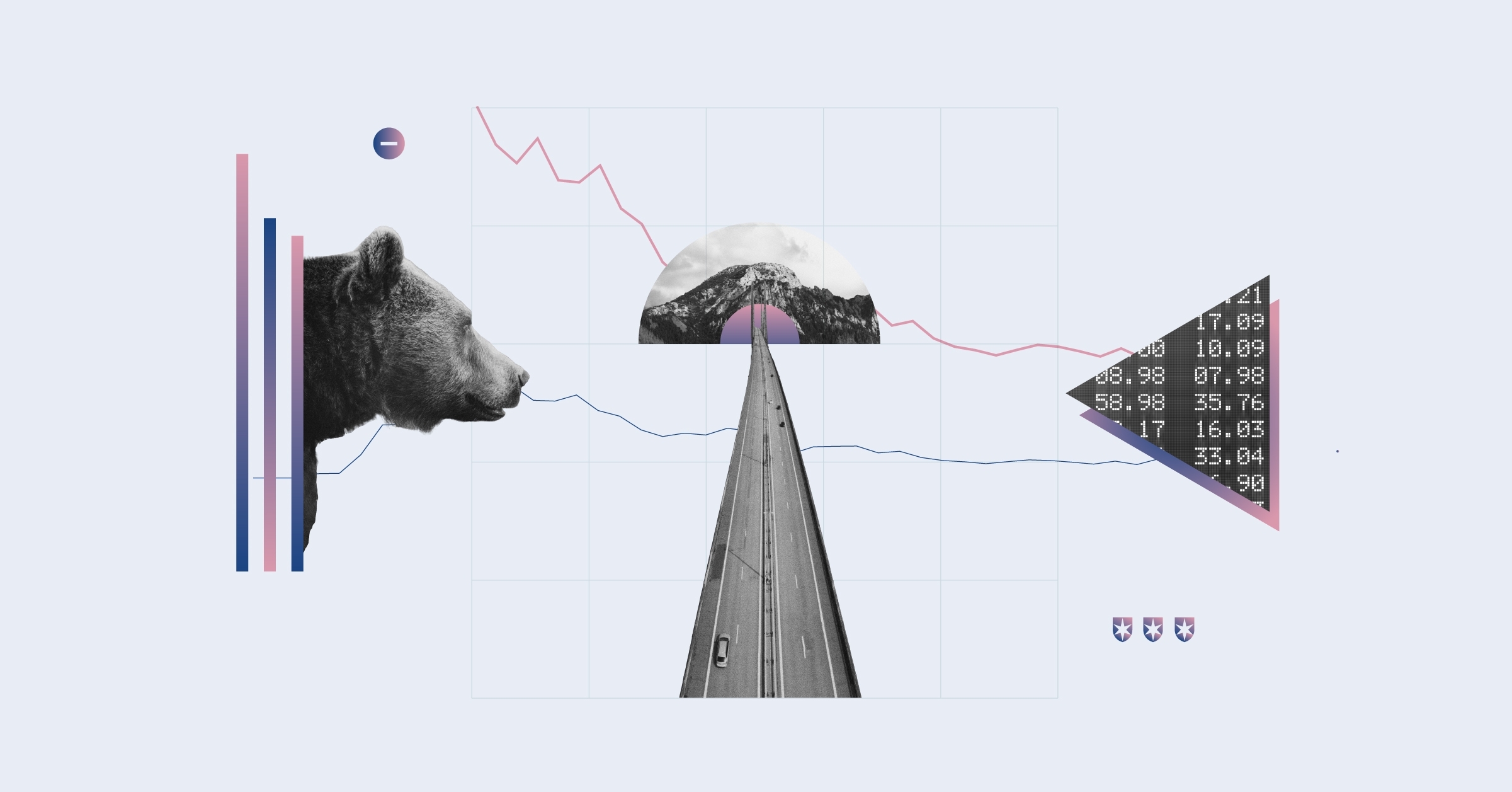Jon Hale: It seems as though climate change today is moving faster than even scientists thought possible. And we're starting to see more direct evidence of it and experience direct evidence of it. I mean, it's literally in the headlines every day. I wake up every morning and look at the newspaper and the climate change.
New York Times yesterday headline: "Large sections of Australia's Great Barrier Reef are now dead, scientists find," and from the article, "We didn't expect to see this level of destruction to the Great Barrier Reef for another 30 years, another marker of the ravages of global climate change," Wake up today, headline: "Climate change is making us sick, top doctors say"; Increases in deadly disease, air pollution and violent weather caused by man-made climate change is making us sicker, according to a report released Wednesday by 11 of the nation's top medical societies."
So, my question to you, Jeremy is, are we too late? I mean, is our inability to focus on the long term finally going to do us in when it comes to climate change?
Jeremy Grantham: Well, I must say this is going to be the race of our lives. I used to get it 50-50 that we could protect the civilization as we know it, and maybe Trump has sent that back 1 or 2 percentage points.
But to frame how close the race is, we've been around for 300,000 years and civilization for 12,000 and everything is coming down into this little window. If you would give me the technology today and the population of 100 years ago, we would cruise gracefully into the future with no problem. If you reverse that and you give me today's population with the technology of 100 years ago, I can guarantee you our civilization, as we know it, would fail.
What has happened is that fossil fuels have really carried us beyond the planet's capacity to sustain us. We're running now at about 1.5 planet's worth. But if the rest of the world means to catch up with the U.S., it will take us to 5-plus planets. Our job is to use good sense, good policy, and technology to buy us time for the population to fall.
Now, let me just frame this with a series of important exhibits. This is the carbon dioxide in the atmosphere for the last 400,000 years. At the peak, you have a brief 10,000-year breather from the ice ages which have dominated this period 80% of the time. The gap between the ice age and the interglacial is 120 parts per million, and in 1950 we were getting ready, I suppose, you could say in the next 1,000 years or 2,000 to roll into another ice age. Bang, that's where we are. We have gone up in 65 years more than the entire range from the top of an ice age to the interglacial.
This is not insignificant. And even very recently it continues to accelerate. 0.007°C for the first half of the last century; 0.015°C, more than twice the rate at the end and between the last two El Niños, which is lining up the top of bull markets at 25 bps. And you will not hear this from scientists until very, very recently anyway. They will not tell you that it's accelerating. Here we were in January 2016 when we had a breakout and then February was a great shock even to climate scientists.
This has consequences. Warmer atmosphere means more water vapor, means more downpours as you can see. And downpours are critical as they are the main villain in erosion of soil. We're losing 1% of our soil a year and at this rate, of course, we will have disasters.
That is my sister's house. Who knew? We thought she was on the bank of the river near Henley in England and then in 2014 found herself in the middle of the river.
This is the melting of the two ice caps north and south chugging along. You can see that band is 35 years fairly wide and then Oct. 4 it freaks out, two weeks later has a bigger gap, a bigger increase in melting than the entire 34 years had.
The ocean level, the biggest thing here is the great uncertainty. Two feet is threatening, 6.5 feet is lethal. And finally, to my rescue came a peer-reviewed article two weeks ago on ocean level and it said, it is warming faster than we thought and it is accelerating. As far as I know, the first clear peer-reviewed article that points out the acceleration. On the right-hand side, I worked out for you in the first 40 years it was increasing by 37 units a year and in the last 26 years by 99 units a year. This is not rocket science. It's getting worse at a very rapid rate.
A quick panel to show you some of the implications here. Coastal flooding top left, wild fires top right, natural disasters bottom right, and precipitation bottom left.






:quality(80)/cloudfront-us-east-1.images.arcpublishing.com/morningstar/6BCTH5O2DVGYHBA4UDPCFNXA7M.png)
:quality(80)/cloudfront-us-east-1.images.arcpublishing.com/morningstar/Q7DQFQYMEZD7HIR6KC5R42XEDI.png)














